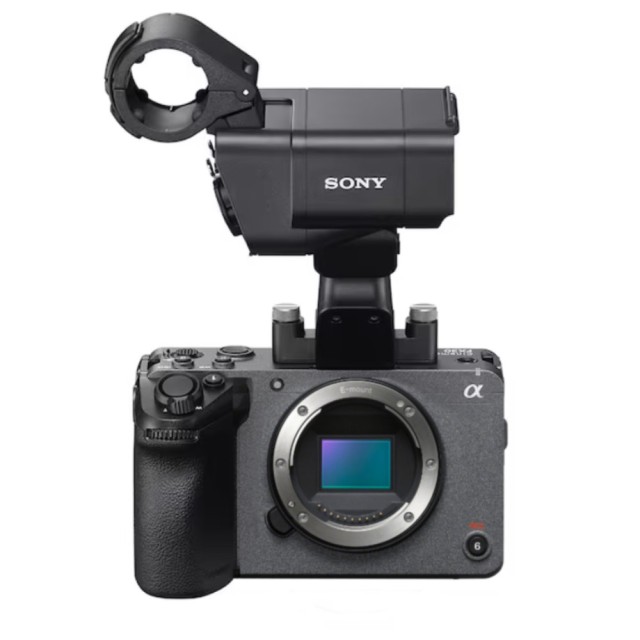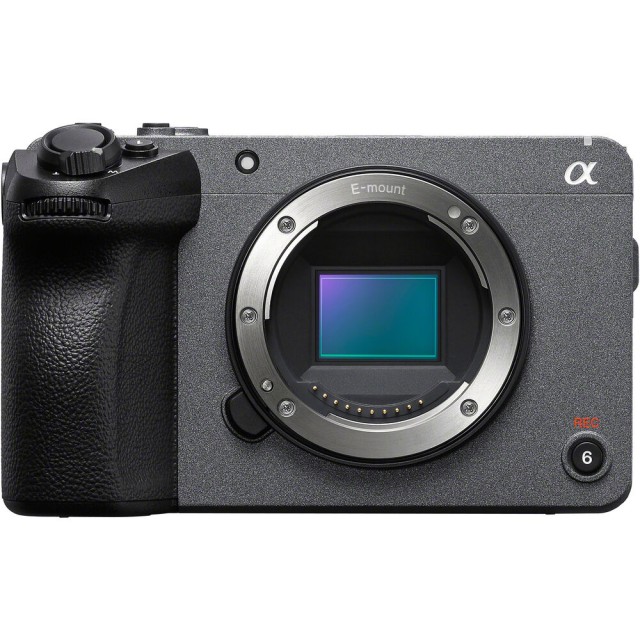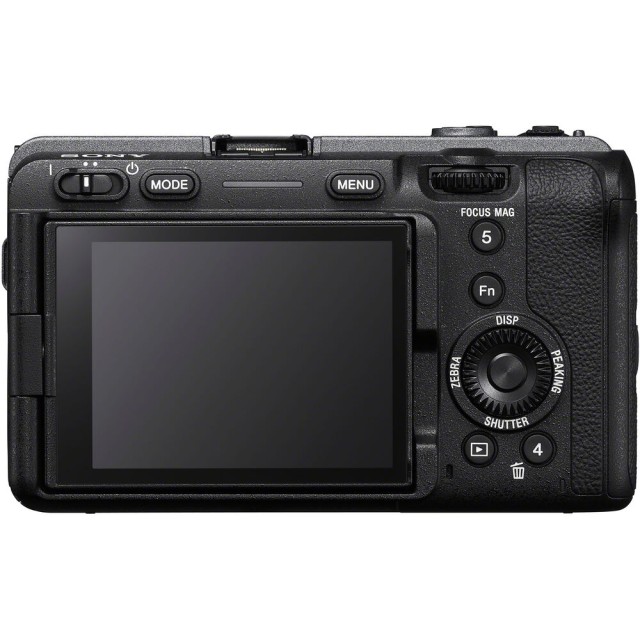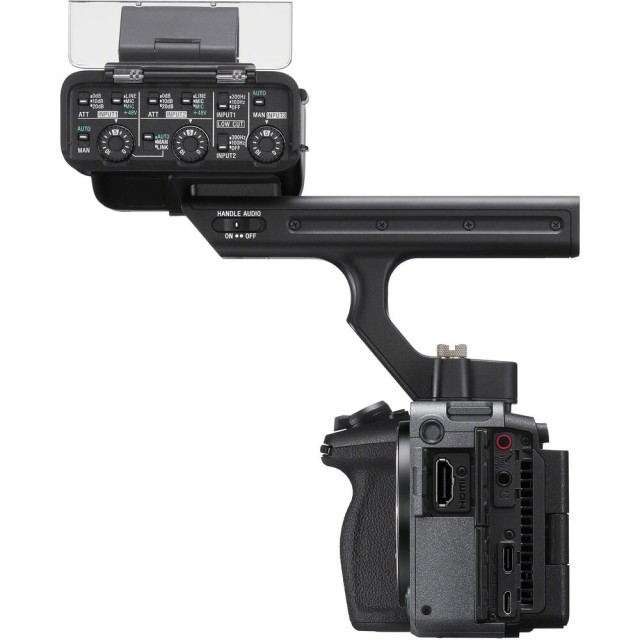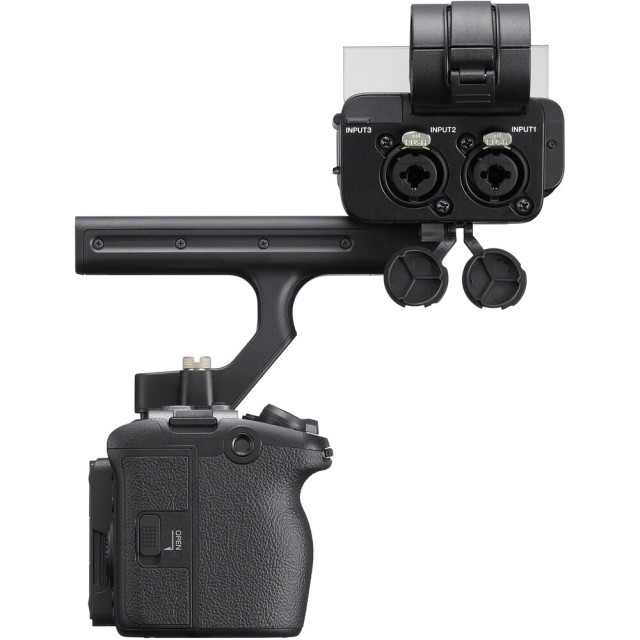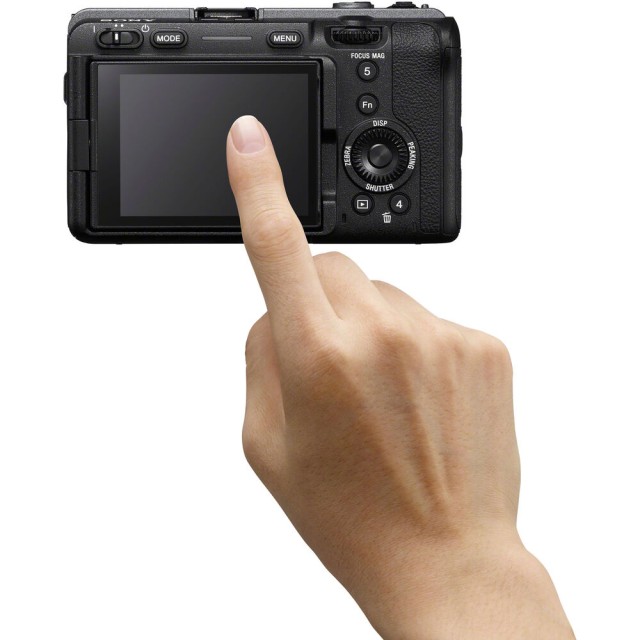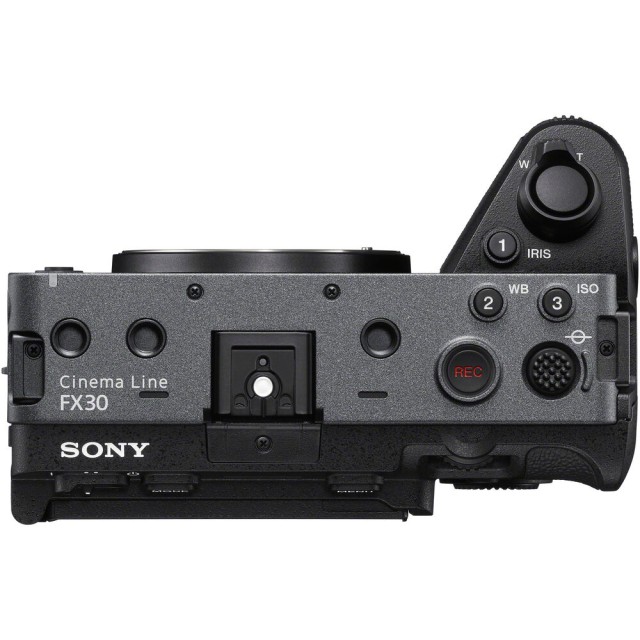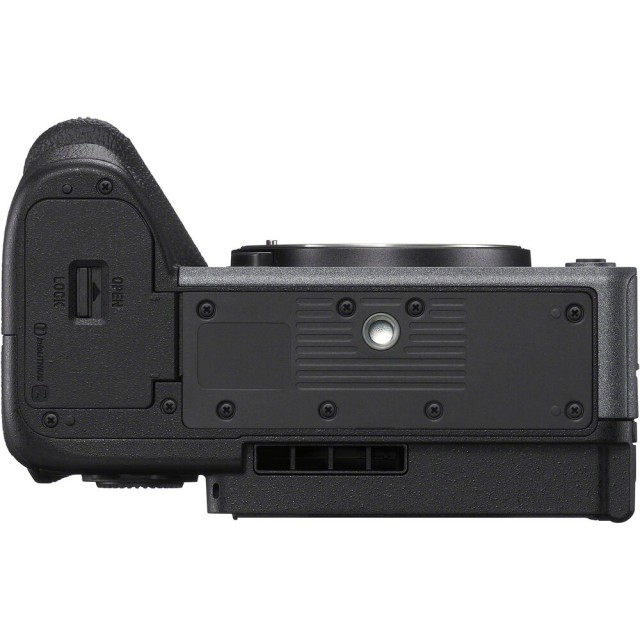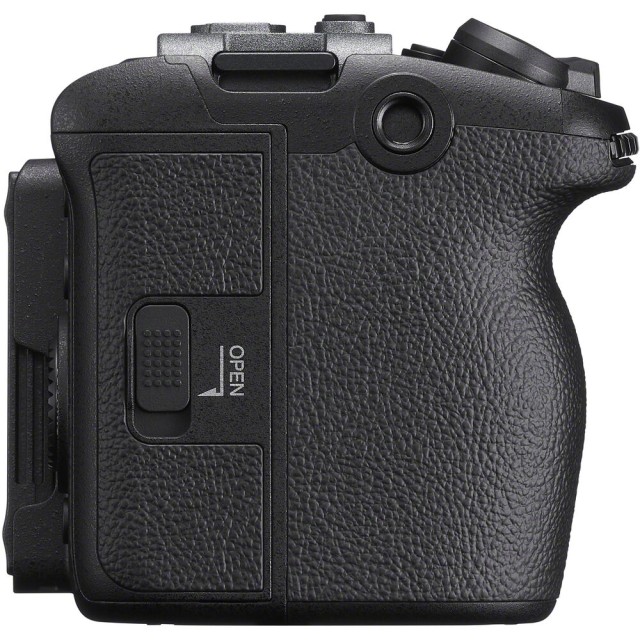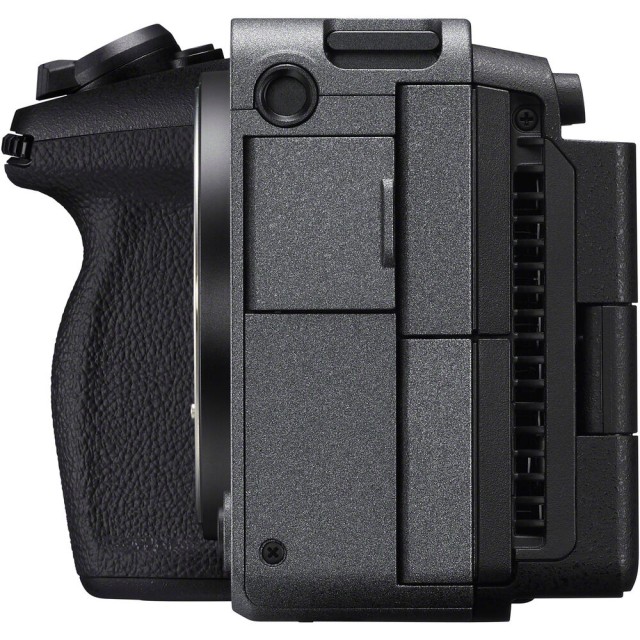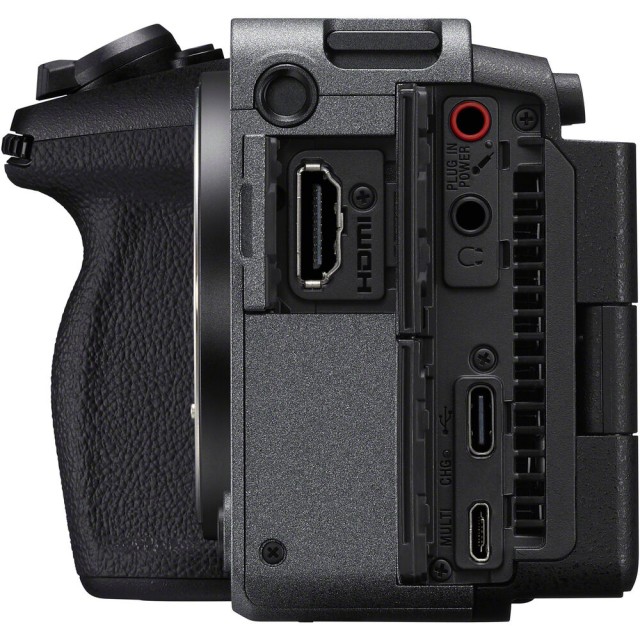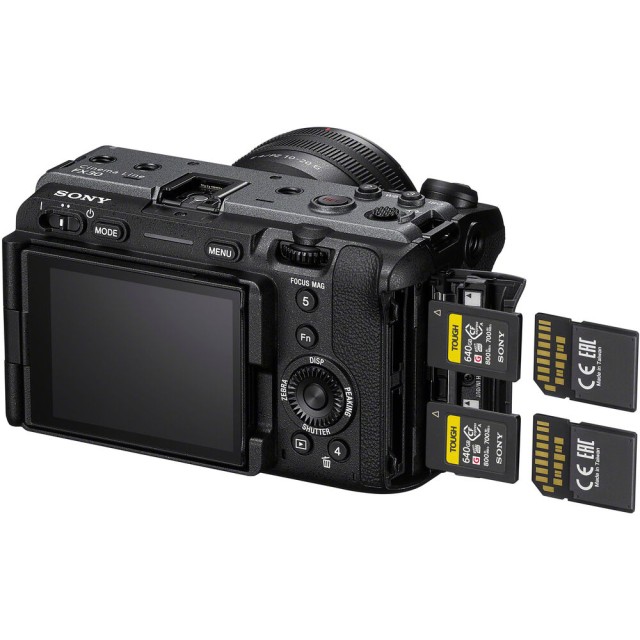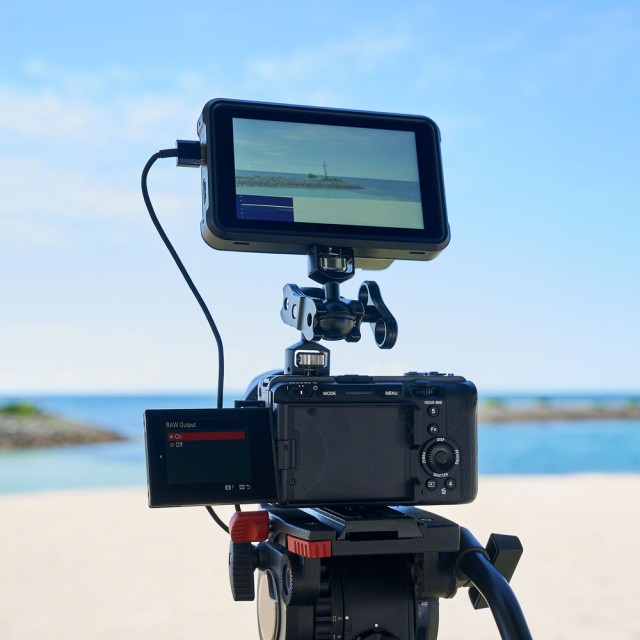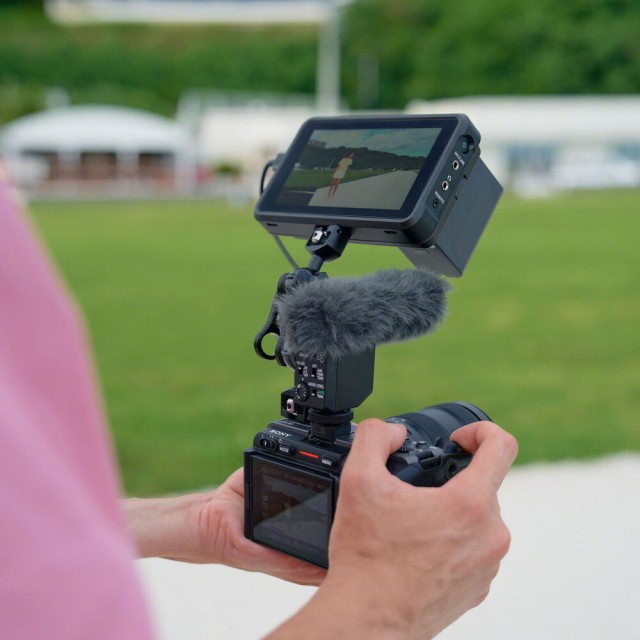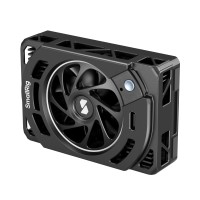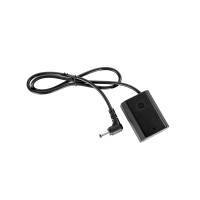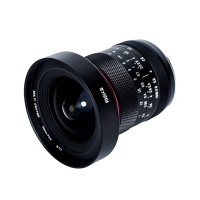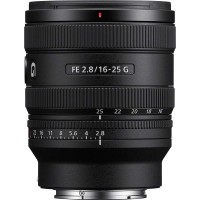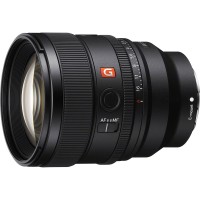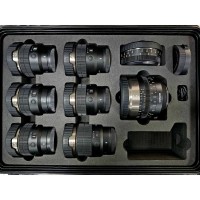
- Search
-
Login
-
0
ComparisonAdd products to compare, then they will appear here and you can compare parameters.
-
0
0 €Nothing in the basket.
SONY ILME-FX30 (body + XLR handle)
Leap into the world of filmmaking... The FX30 is an ideal first cinema camera and a perfect entry into Sony’s Cinema Line.
Shipment day: 22. 04.
Praha 1 pcs, Bratislava 1 pcs
Top accessories for SONY ILME-FX30 (body + XLR handle)
Product description
Leap into the world of filmmaking... The FX30 is an ideal first cinema camera and a perfect entry into Sony’s Cinema Line.
Sony's acclaimed line-up of Cinema Line cameras sets the standard for filmmaking, with beautiful cinematic imagery, high performance and highly efficient workflow. Enjoy hassle-free shooting with S-Cinetone™ and S-Log3 for high level grading plus numerous other features. The compact FX30 makes filmmaking more accessible than ever for up-and-coming creators.
The FX30 captures stunning images with 6K oversampling and a true cinematic look. Its compact size lets you take it anywhere, and sophisticated AF and stabilisation features let you concentrate on composition, not the complexity of crews and rigging.
The FX30's S-Cinetone picture profile gives you a beautiful cinematic look straight out of the camera. Features like Dual Base ISO and Cine EI are designed to provide gorgeous images for cinematic shooting and workflow.
The outstanding Cinema Line series of cinema cameras is built on decades of experience in the film industry and supported by Sony's sophisticated new technologies on the cutting edge of digital imaging.
Advanced technology for outstanding resolution
The FX30's back-illuminated Exmor™ R APS-C CMOS sensor captures memorable imagery with outstanding resolution and shallow depth of field. 6K oversampling compresses a vast amount of information into 4K recording and output, and the BIONZ XR™ processing engine enables natural gradations, realistic colour reproduction, low noise, and other image quality improvements.
The FX30 is designed to be a camera you can grow with, offering much of Sony’s technical mastery—including advanced functions such as timecode support and S-Log3—while remaining relatively affordable. Using a newly developed APS-C/Super 35mm sensor allowed Sony to offer the same recording specs:
- UHD 4K at up to 120p
- 10-bit internal recording
- S-Log3/S-Gamut3
- 16-bit raw output
- Standard ISO Range of 100-32000
- Dual Base ISO (800 / 2500)
You need to watch the crop. The FX30 performs 6K oversampling from an area of the sensor that is an almost unnoticeable 1.04x crop. This will work for 4K in 10-bit in any recording mode up to 60 fps.
Now, for 120 fps, there is a 1.6x crop of the Super 35mm area. This is on top of the system’s standard APS-C/Super 35mm crop.
To make this all happen, the FX30 uses the latest BIONZ XR image processor, which allows it to realize all of these new features found in other new camera releases.
You can also use the FX30 to snap some still images if you prefer; the 26MP resolution is great for that.
Compared to the FX3
Coming in at a much lower cost than the FX3, the FX30 is an interesting option for many. Those considering the FX3 may find that the FX30 checks all their boxes, and more, without the higher cost and with the ability to create a much smaller package. But what do you get by moving up to the FX3 and what do you lose by choosing the FX30?
Obviously, the FX3 has a larger full-frame sensor compared to the FX30’s APS-C sensor. This usually means that the FX3 will have better dynamic range and low-light performance; however, Sony seems to have worked some magic with the FX30.
By using the 6K image area and down-sampling, the appearance of noise in the image is minimized. This can give a boost to low-light performance and allows shadows clearly to retain more detail. Further testing is needed, but it is very promising.
Even though the two models share the same native ISO range and dual base ISO specs, the FX30 has a rated dynamic range of 14+ stops—still quite excellent, but just a hair behind its full-frame brothers.
But as mentioned earlier, when compared to the FX3, the FX30 needs to crop into its already cropped sensor to realize 120p recording. The FX3 crops, but only 1.1x on the full-frame image while the FX30 is another 1.6x on top of its already cropped format. Not a deal breaker by any means—just something to be aware of if you plan on using the slow-motion recording options extensively.
Interestingly, the FX30 gains some features that aren’t currently available in the FX3, such as Breathing Compensation.
Beyond that, almost everything else is the same:
- Same body design
- User LUT support
- Cine EI and other log shooting modes
- Fast Hybrid AF, including 4K 120p
- In-body image stabilization
- Active cooling
- Timecode input via optional VMC-BNCM1 Timecode Adapter Cable
An interesting move is that the FX30 does not come with the XLR-H1 XLR Handle Unit supplied with every FX3. This can be a separate purchase or picked up as part of an initial kit with the camera.
Without the XLR handle, users can gain monitoring and recording through the 3.5mm input and output jacks on the body of the camera. The Multi Interface Shoe remains, and Sony makes plenty of accessories that work directly with it for audio transmission.
So if you don’t have a ton of use for the XLR handle at first, acquiring it is a decision you can make later on.
Catalyst Software
Many of Sony’s newest features include metadata that is recorded directly into the video files. This includes the following:
- Embedded LUT and EI information
- Gyro and lens stabilization metadata
- Breathing compensation
- Camera rotation
- Shot mark
By using this information in Catalyst Browse and Prepare, you can make tweaks after shooting to optimize each shot. This can mean faster editing workflows, better image quality, improved stabilization, and more.
To help creators integrate these benefits into their existing workflows, there will be a future Catalyst Prepare Plug-in released for Adobe Premiere Pro that is able to offer editors these controls within their current NLE.
Alongside the FX30 announcement was the reveal that two larger sizes of Sony’s CFexpress Type A TOUGH Memory Card series are on the way: 320GB and 640GB. This has been one complaint about the relatively new format, and this release should help users looking for speed and long recording times.
Even though Sony has dramatically increased the sizes of these cards (the original release included 80GB and 160GB versions), the speeds have remained the same. This series has rated read and write speeds of up to 800 MB/s and 700 MB/s, respectively.
If you have been looking for bigger cards for your a1, a7S III, FX3, FX6, or now the FX30, these will do the trick.
The FX30 appears to be a very compelling option for content creators looking to get started with a more serious cinema kit while having room to grow in the future. It will definitely be a great place to start if you aspire to use Sony’s Cinema Line cameras later on, or perhaps as rentals on current jobs.
SPECIFICATIONS
| Lens Mount | Sony E |
| Lens Communication | Yes, with Autofocus Support |
| Sensor Resolution | Actual: 27 Megapixel Effective: 26 Megapixel (6192 x 4128) |
| Sensor Type | 23.3 x 15.5 mm (APS-C) CMOS |
| Image Stabilization | Sensor-Shift, 5-Axis |
| Built-In ND Filter | None |
| Internal Filter Holder | No |
| Capture Type | Stills & Video |
| Shutter Type | Electronic Rolling Shutter |
| Shutter Speed | 1/8000 to 30 Seconds in Photo Mode 1/8000 to 1/4 Second in Video Mode |
| ISO Sensitivity | 100 to 32,000 (Extended: 50 to 102,400) |
| Advertised Dynamic Range | 14 Stops |
| White Balance | 2500 to 9900K Presets: Auto, Cloudy, Color Temperature, Daylight, Fluorescent, Incandescent, Shade, Underwater |
Internal Video Capture
| Recording Modes | XAVC HS 4:2:2 10-Bit UHD 4K (3840 x 2160) at 23.98p/25p/29.97p/50p/59.94p/100p/119.88p XAVC S-I 4:2:2 10-Bit UHD 4K (3840 x 2160) at 23.98p/25p/29.97p/50p/59.94p Full HD (1920 x 1080) at 23.98p/25p/29.97p/50p/59.94p/119.88p XAVC S UHD 4K (3840 x 2160) at 23.98p/25p/29.97p/50p/59.94p Full HD (1920 x 1080) at 23.98p/25p/29.97p/50p/59.94p/119.88p XAVC Proxy Full HD (1920 x 1080) HD (1280 x 720) |
| Variable Frame Rates | UHD: Up to 119.88 fps 1080p: Up to 240 fps |
| Gamma Curve | HDR-HLG, S Cinetone, Sony S-Log 3 |
| Built-In Microphone Type | Stereo |
| Audio Recording | 2-Channel 24-Bit LPCM Audio 4-Channel 24-Bit LPCM Audio |
| Raw Output | HDMI In ProResRAW Mode: 4672 x 2628 16-Bit at 23.98/25/29.97/50/59.94 fps |
| External Recording Modes | 4:2:2 10-Bit via HDMI UHD 4K (3840 x 2160) at 23.98p/25p/29.97p/50p/59.94p |
| IP Streaming | None |
Still Image Capture
| Image Sizes | 3:2 26 MP (6192 x 4128) |
| Aspect Ratio | 3:2, 16:9 |
| Image File Format | HEIF, JPEG, Raw |
| Bit Depth | 14-Bit |
| Media/Memory Card Slot | Dual Slot: CFexpress Type A / SD |
| Video I/O | 1 x HDMI 2.0 Output |
| Audio I/O | 1 x 1/8" / 3.5 mm TRS Stereo Microphone Input on Camera Body 1 x 1/8" / 3.5 mm TRS Stereo Headphone Output on Camera Body |
| Power I/O | 1 x USB-C Input |
| Other I/O | 1 x Sony Multi/Micro-USB (Camera Interface, Timecode) 1 x USB-C |
| Wireless | 2.4 / 5 GHz Wi-Fi 5 (802.11ac) Control |
| Global Positioning (GPS, GLONASS, etc.) | None |
Monitor
| Size | 3" |
| Resolution | 1,440,000 Dot |
| Display Type | Articulating Touchscreen LCD |
| Focus Type | Auto and Manual Focus |
| Focus Mode | Automatic, Continuous-Servo AF, Direct Manual Focus, Manual Focus, Single-Servo AF, Touch AF & Shutter |
| Autofocus Points | Phase Detection: 495 |
| Autofocus Sensitivity | -3 to +20 EV |
| Operating Temperature | 32 to 104°F / 0 to 40°C |
| Storage Temperature | -4 to 140°F / -20 to 60°C |
General
| Battery Type | Sony Z-Series |
| Tripod Mounting Thread | 1 x 1/4"-20 Female (Bottom) |
| Accessory Mount | 1 x Intelligent Hot Shoe on Camera Body 5 x 1/4"-20 Female on Camera Body |
| Material of Construction | Magnesium Alloy |
| Dimensions (W x H x D) | 5.1 x 3.1 x 3.3" / 129.7 x 77.8 x 84.5 mm |
| Weight | 1.2 lb / 562 g (Body Only) |
Parameters
| Manufacturer: | SONY |
| Category: | Digital Cinema |
Main parameters
| Camera Sensor size | Super35 |
| Resolution | 4K |
| Type of bayonet | Sony E |
| Output | HDMI |
| Output | USB-C |
Other parameters
| Version | handycam |
| Record format | XAVC S |
| Record format | XAVC HS |
| Record format | XAVC HD |
| FPS | 4K 60fps |
| FPS | 2K 240fps |
| FPS | 4K 120fps |
| Media type | SD card |
| Battery type | NP-FZ |
| Other features | WiFi |
| Other features | XLR input |
ACCESSORIES (24)
SmallRig NP-FZ100 Camera Battery and Charger Kit 3824B
SmallRig Cage for Sony FX30 / FX3 4183(4138 new version)
SmallRig Cooling System for Sony Cameras 4348B
Viltrox AF 13 mm f/1,4 (E Mount)
SmallRig Rotatable Horizontal-to-Vertical Mount Plate Kit for Sony Alpha 4244
Viltrox AF 16 mm f/1,8 FE (E Mount)
Meike 10mm F2.0 APS-C Prime Lens (Sony E)
Sony FE 16-25mm f/2.8 G (Sony E)
HPRC2400 for SONY FX3 CINEMA LINE
Sony NP-FZ100
Sony FE 85mm f/1.4 GM II
Sony FE 70-200 mm f/4 Macro G OSS II (E-Mount)
Sony FE 24-70 mm f/2,8 GM II
Samyang AF 35-150mm F2-2.8 FE (Sony E)
Tamron 17-28 f/2.8 RXD FE (Sony E-Mount)
Sony E 16-55 mm f/2,8 G
Sony FE 20-70mm F4 G (E-Mount)
Metabones PL to Emount adapter T (Black Matt)
Samyang 6 Lens V-AF Anamorphic Kit
Tamron 35-150mm F/2-2.8 Di III VXD (Sony E-Mount)
Sigma 50 mm f/1,4 DG DN A (Sony E)
Tamron 20-40mm F/2.8 Di III VXD (Sony E-Mount)
Sigma 14mm f/1,4 DG DN Art (E-Mount)
Alternative (1)
- Show all
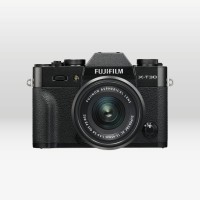
Fujifilm X-T30 II + XC15-45 Black
Gift Included 28 €Every element of the FUJIFILM X-T30 II has been designed with photographers in mind.1 062.19 €1 069 €In stock 4 pcs
SONY ILME-FX30 (body + XLR handle)
Leap into the world of filmmaking... The FX30 is an ideal first cinema camera and2 669 €In stock 1 pcs


